Deep Learning
Deep learning is a branch of artificial intelligence, where programs use multiple layers of neural networks to transform a set of input values to output values.
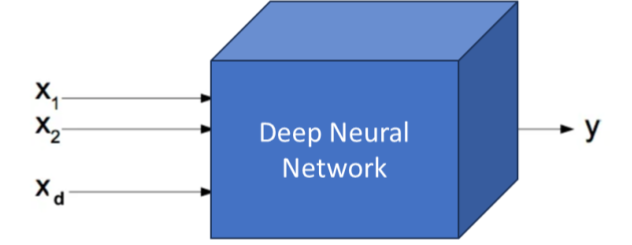
Nodes
Each “node” in the neural network performs a set of computations.
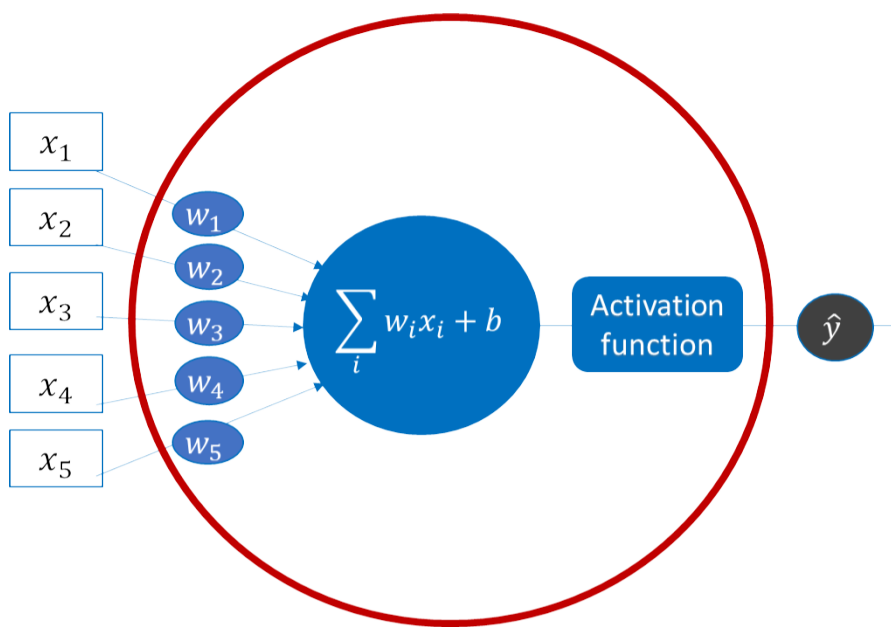
The weights, $𝑤_𝑖$, and the bias, $b$, are not known. Each node will have its own set of unknown values. During training, the “best” set of weights are determined that will generate a value close to $y$ for the collection of inputs $𝑥_𝑖$.
Network of Neurons
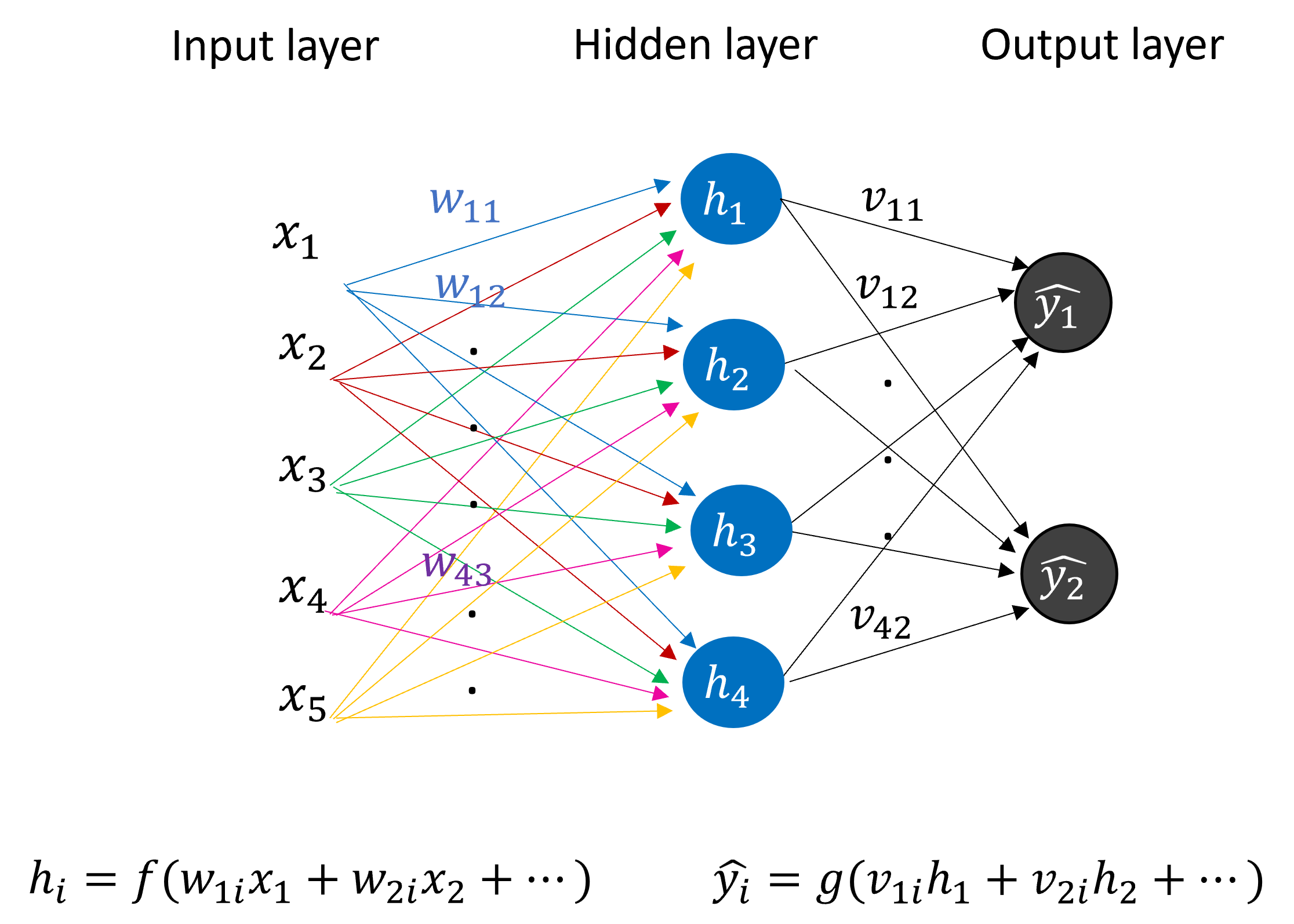
- Different computations with different weights can be performed to produce different outputs.
- This is called a feedforward network – all values progress from the input to the output.
- A neural network has a single hidden layer
- A network with two or more hidden layers is called a “deep neural network”.
Deep Learning Neural Network

DL Algorithm
During the training or “fitting” process, the Deep Learning algorithm is fed a set of measurements/features and the expected outcome (e.g., a label or classification).

The algorithm determines the best weights and biases for the data.
How Does the Machine Learn?
- Start with a random guess for the weights and biases.
- The output values or “predicted” values of the network can be compared with the expected results/categories/labels.
- Another function, called a “loss” or “cost” function can be used to determine the overall error of the model.
- That error can be used to work backwards through the network and tweak the weights/biases.
- This step is called backward propagation.
- That error can be used to work backwards through the network and tweak the weights/biases.
Overview of the Learning Process
Deep Neural Network
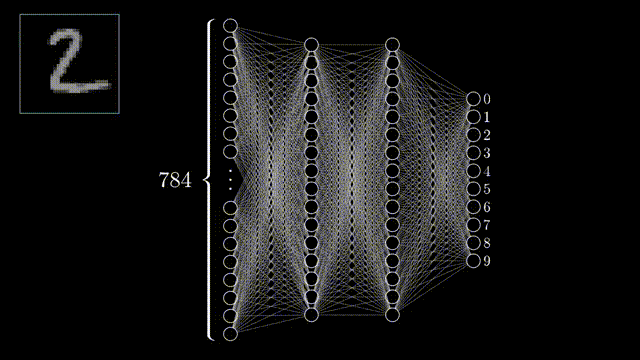
DNN Examples
- Feed-Forward NN
- Consist of an input layer, an output layer and many hidden layers that are fully connected, and can be used to build speech-recognition, image-recognition, and machine-translation software.
- Recurrent NN
- RNNs are commonly used for image captioning, time-series analysis, natural-language processing, machine translation, etc.
- Convolution NN
- Consist of multiple layers and are mainly used for image processing and object detection.
- And many more such as RBFNs, GANs, Modular NN, etc.
Activation Function
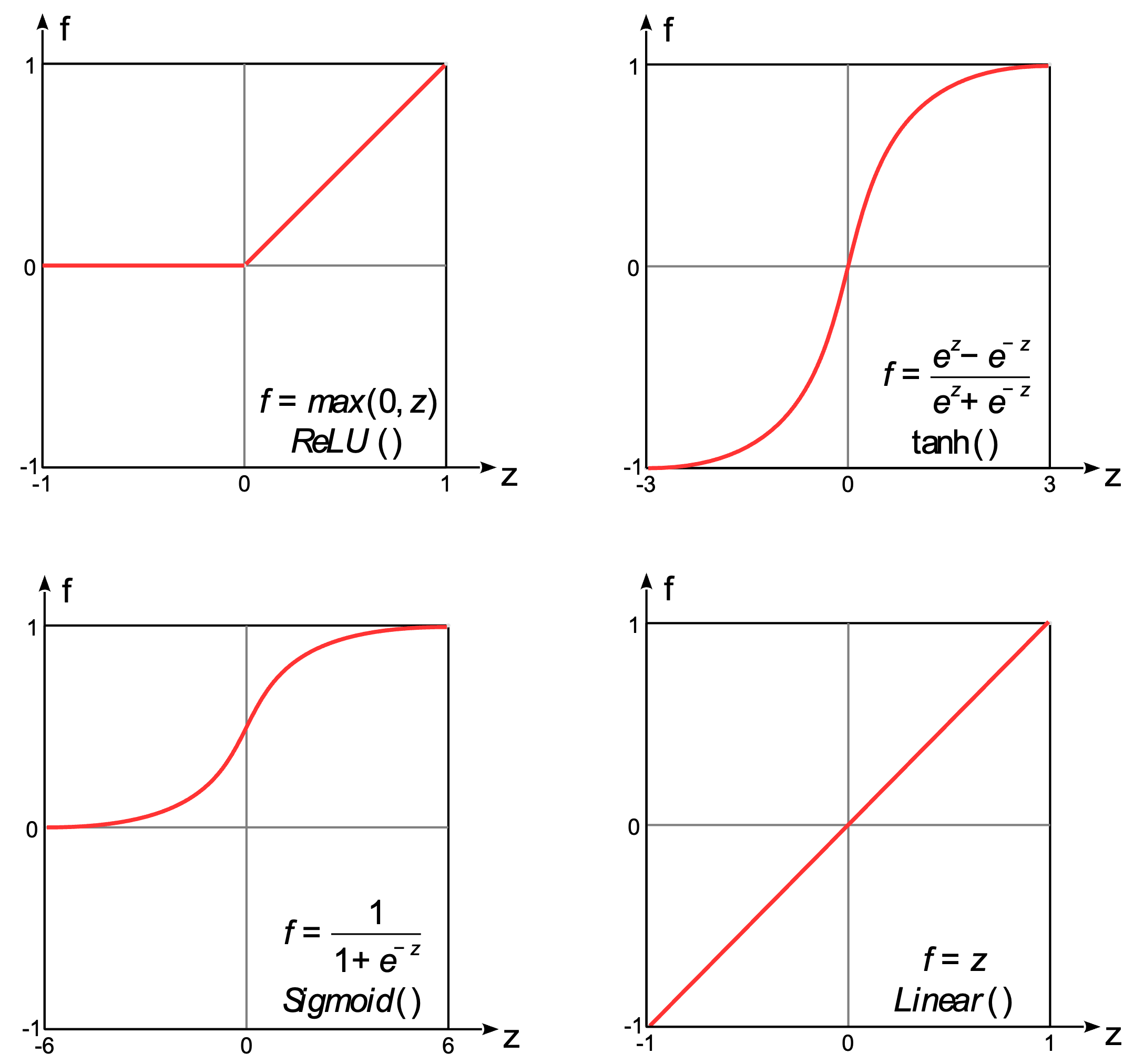
- The activation function introduces nonlinearity into the model.
- Can choose different activation functions for each layer.
- Examples include ReLU, Sigmoid(binary classification), and Softmax(multiclass classification).
- A complete list is available at
Loss Function

- The loss function tells us how good our model is at relating the input to the output.
- A function that will be optimized to improve the performance of the model.
- The cost value is the difference between the neural nets predicted output and the actual output from a set of labeled training data.
- The choice of loss function is based on the task.
- Examples include
- Classification: BCELoss (Binary Cross Entropy) and Cross Entropy Loss.
- Regression: Mean Squared Error (MSE)
- A complete list is available at https://pytorch.org/docs/stable/nn.html#loss-functions and https://www.tensorflow.org/api_docs/python/tf/keras/losses
Optimizer Function
- The optimizer function is a function for tweaking/adjusting the parameters during training so that the best weights and biases are efficiently reached.
- Examples include SGD, Adam, and RMSprop.
- A complete list is available at https://pytorch.org/docs/stable/optim.html?highlight=optimizer#torch.optim.Optimizer and https://www.tensorflow.org/api_docs/python/tf/keras/optimizers